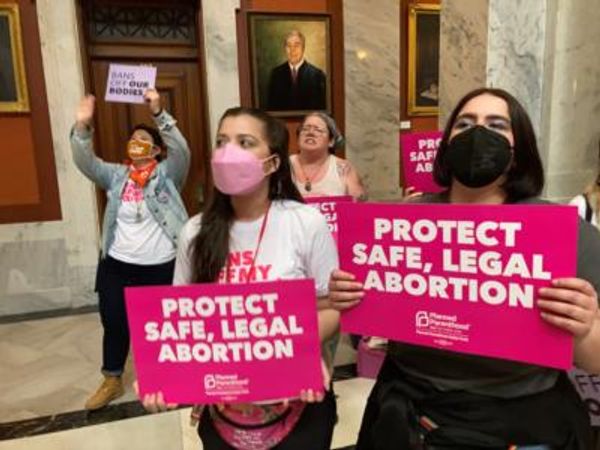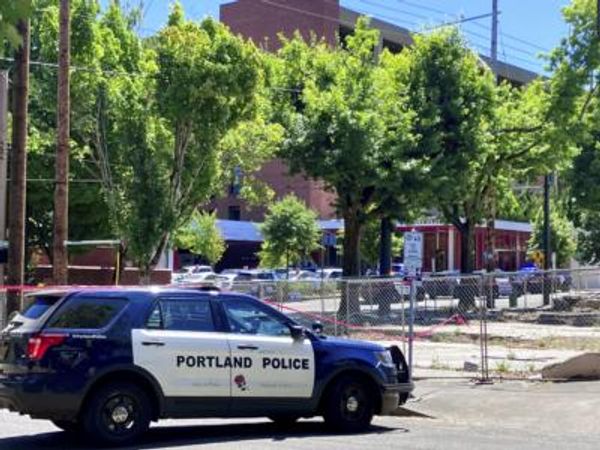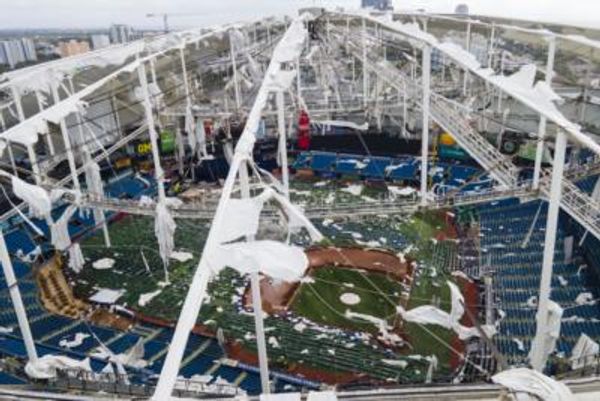
According to the resolution of NDMC, Kartavya Path will include the erstwhile Rajpath and Central Vista Lawns. The whole stretch and area from the statue of Netaji Subhash Chandra Bose to Rashtrapati Bhavan will be considered as Kartavya Path.
The three-kilometer stretch was constructed as a ceremonial boulevard by Edwin Lutyens and Herbert Baker. The duo was the architects of New Delhi who built the city over a hundred years ago.
Edwin Lutyens conceptualized the modern imperial city as centered around a “ceremonial axis".
The path was named Kingsway as an honor to the Emperor of India, King George V, who visited Delhi during the Durbar of 1911. The stretch was renamed ‘Rajpath’ following Independence.
Over the years, the whole area around the Kartavya Path and Central Vista is facing pressure from an increase in visitors, lack of public toilets and drinking water, or other basic amenities which was putting undue pressure on the infrastructure around the area.
The redevelopment has also kept in mind the effects of traffic or other restrictions on public movement during the Republic Day Parade.
Abolish colonial symbols
On this Independence Day, in his address from Red Fort, Prime Minister Narendra Modi stressed the need to abolish colonial symbols. The look of Central Vista Avenue, the statue of Netaji Subhash Chandra Bose under the Grand Canopy and the renaming of ‘Rajpath’ to 'Kartavya Path' seem to be efforts in that direction.
The Grand Canopy where 28 feet long statue of Netaji Subhash Chandra Bose will be installed, used to hold the statue of King George V.
The PMO statement issued on Wednesday said, “It symbolizes a shift from erstwhile Rajpath being an icon of power to Kartavya Path being an example of public ownership and empowerment." The inauguration of the new avenue and the statue of Netaji are “steps…in line with the Prime Minister’s second ‘Panch Pran’ for New India in Amrit Kaal: ‘remove any trace of colonial mindset’."







